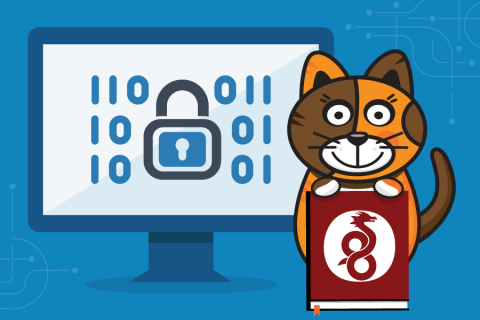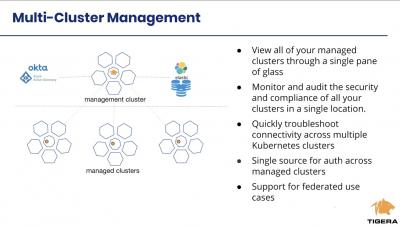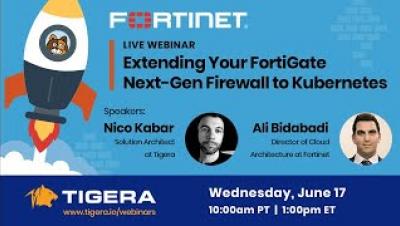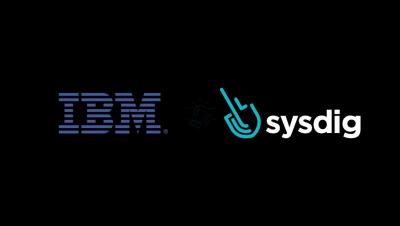Detect CVE-2020-8557 using Falco
A new vulnerability, CVE-2020-8557, has been detected in kubelet. It can be exploited by writing into /etc/hosts to cause a denial of service. The source of the issue is that the /etc/hosts file mounted in a pod by kubelet is not included by the kubelet eviction manager, so it’s not taken into account when calculating ephemeral storage usage by a pod.











